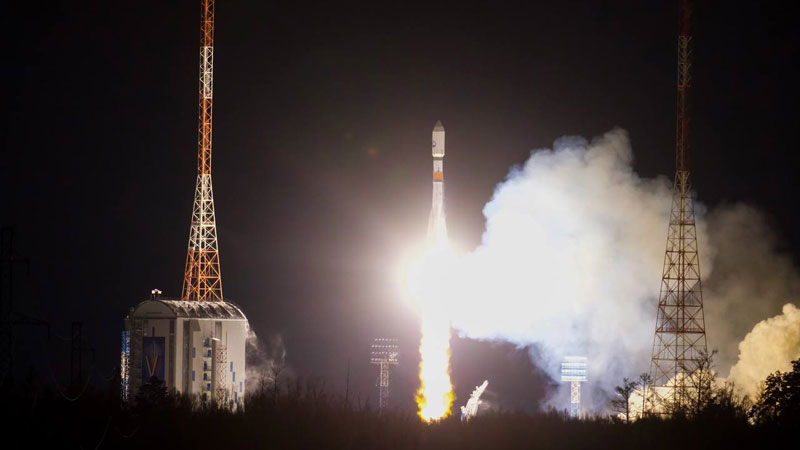The second Condor-FKA satellite was launched into orbit – together they will provide super-resolution images of land and ocean


Today at 00:50 Moscow time, the Soyuz-2.1a launch vehicle with the Fregat upper stage and the Condor-FKA satellite No. 2 launched from the Vostochny cosmodrome in the Amur region. Soon the satellite was launched into a target orbit at an altitude of up to 550 km. With the launch of the second Condor, the mini-constellation of these satellites was able to operate in interferometer mode, receiving radar images of land and the World Ocean in increased resolution.


Image source: “Roskosmos”
The satellite’s equipment includes a synthetic aperture radar developed by the Vega concern, which is part of Ruselectronics. The locator is designed to obtain high and medium resolution radar images: from 12 to 1 meter. The device is equipped with a lightweight umbrella-type reflector antenna and provides all-weather, 24-hour observation in a strip of the earth’s surface parallel to the flight path of the spacecraft.
The first Condor-FKA satellite was launched into space in May 2023 and put into operation in January 2024. Images from the first and second Condors are intended for use in a number of sectors of the economy, including when laying routes along the Northern Sea Route, as well as for environmental monitoring. The estimated operating time of the satellites is five years. The working orbits of the devices are circumpolar, sun-synchronous, with a slight offset relative to each other, which will allow imaging of the earth’s surface in the range from 85° north latitude to 85° south latitude.
Recent Posts
A demo of Dispatch, a comedy game about a superhero agency from the former developers of Tales from the Borderlands and The Wolf Among Us, has been released on Steam
Developers from the American AdHoc Studio, founded by former Telltale Games, Ubisoft and Night School…
Digma DP-FHD800A LCD Full HD Projector Review: A Modern Approach
When you think about a home theater, you immediately imagine bulky projectors with a bunch…
Lian Li Introduces HydroShift II LCD-C Liquid Cooling System with 360mm Radiator and Three Configurations
Lian Li has introduced a series of maintenance-free liquid cooling systems HydroShift II LCD-C. It…
Apple: App Store App Developers to Earn $406 Billion in 2024
Amid mounting pressure from U.S. regulators, Apple has released the results of an independent study…
ASRock Admits Its Motherboards Break Ryzen 9000 Processors
Following a report from YouTube channel Tech Yes City that ASRock linked Ryzen 9000 processor…
Apple to Change OS Numbering: iOS 26 to Come This Year Instead of iOS 19
Apple is preparing a large-scale rebranding of its line of operating systems. This was reported…